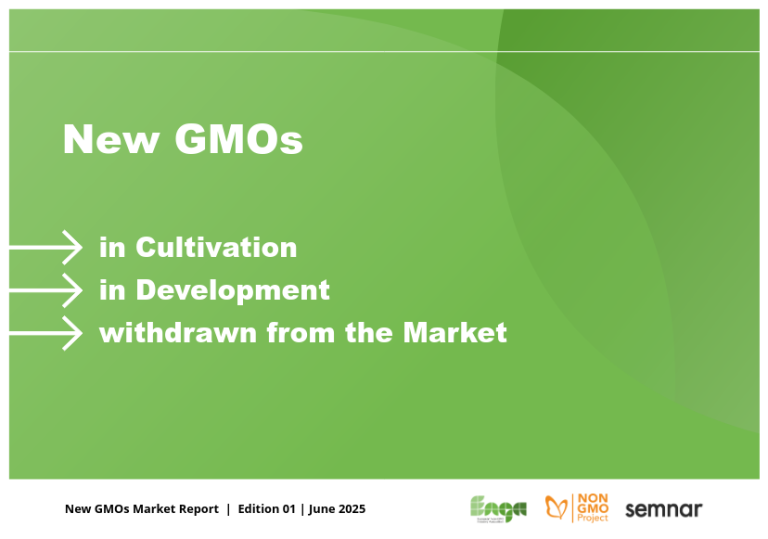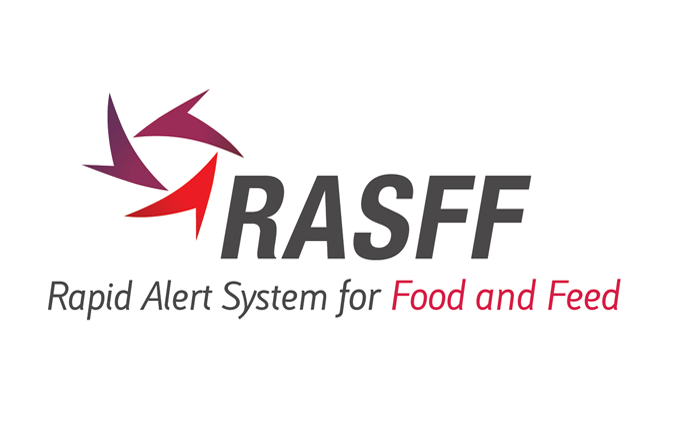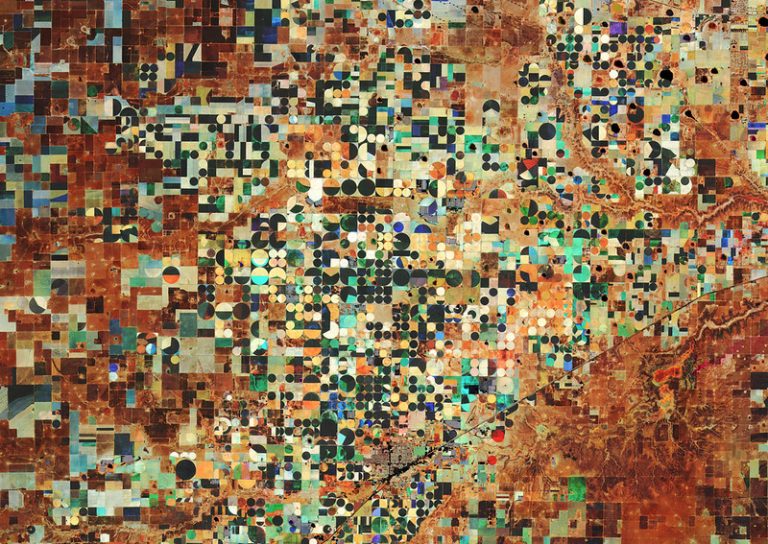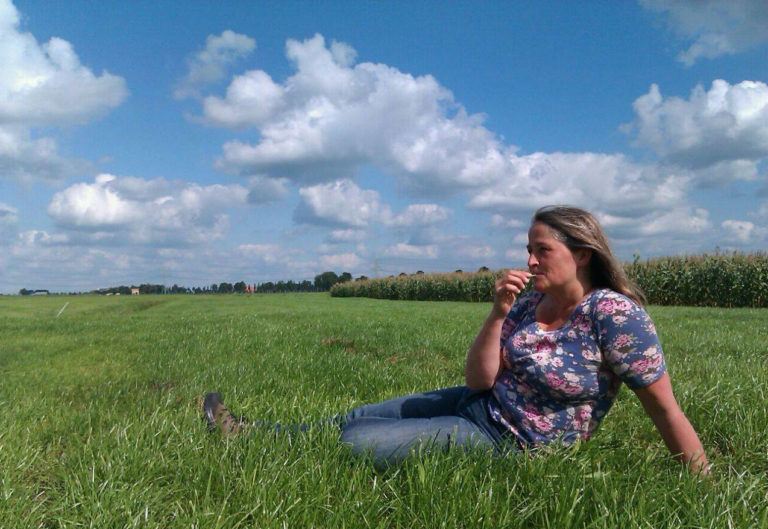News
Problems ahead due to cultivation of GMO maize in Europe?
Teosinte, an ancestor of maize of Mexican origin, is increasingly present in Europe. For French and European experts, the situation could become very problematic, as this teosinte has been found in fields of Mon810 transgenic maize, genetically modified to produce insecticidal bacterial proteins. In their view, more precise monitoring is needed to avoid losing control over the spread of insecticidal proteins produced by this maize. The problem is that Bayer is opposed to stepping up this monitoring!

At the beginning of January 2023, the Anses published its comments on the environmental monitoring report on the cultivation of transgenic maize Mon810 in Spain and Portugal in 20211. Authorised for cultivation in the European Union since 1998, Mon810 transgenic maize produced by Bayer (since its acquisition of Monsanto) is subject to annual environmental monitoring reports. These reports, which are not compulsory, are sent by the company to the Commission, which then asks the Member States for their comments. In 2021, the crops monitored covered a cultivated area of around 100,927 hectares, including 96,606 ha in Spain and 4,321 ha in Portugal.
Teosinte, a plant to keep an eye on
Teosinte is the plant species which, when domesticated, gave rise to the maize grown today in many countries. Endemic to Mexico, this species has recently appeared in Spain and Portugal, as well as other European countries such as France, as we shall see. Naturally very close to maize, teosinte can easily hybridise with it. The cultivation of Mon810 maize in Spain and Portugal therefore inherently poses the risk of transgene transfer to teosinte. The French experts at the Anses criticise the monitoring protocol followed by Bayer for being inadequate. They write that “the wording of the question put by the authorisation holder to farmers, asking them to list the three most abundant weeds in the plot surveyed, does not make it possible to identify the presence of teosinte if it is not among the most abundant species“. They therefore recommend that the presence of teosinte “be the subject of a specific and explicit question in this survey“.
This is an important point, because hybridisation in the field between transgenic maize and teosinte could lead to dissemination of the transgene producing the Cry1Ab insecticide protein. Studies of the potential impact on the environment, carried out almost thirty years ago, focused in particular on the effects of overexposure of corn borer to the insecticide protein. A transfer of the transgene from maize to teosinte would mechanically increase the presence of the insecticide protein in the environment. For the Anses, this would mean a possible “change in the exposure characteristics of target insects in regions where MON810 maize is grown and teosinte is present“. Their request is therefore very clear: it is necessary “to include the characterisation of this new source of exposure to the Cry1Ab protein in the next monitoring plan. This plan should therefore consider teosinte populations, as well as the search for the transgene in these populations“.
Bayer does not agree
As the French experts report, the European Food Safety Authority (EFSA) had also highlighted this potential problem linked to the presence of teosinte. The EFSA recommended, in 2022 as in 2021 and 2020, that all new scientific data on teosinte should be taken into account and that questionnaires for farmers should include a declaration on the presence of teosinte and the corresponding levels of infestation. However, Bayer refused to change its environmental monitoring practices and, in particular, the content of the questionnaires sent to farmers. The Anses stated that “the authorisation holder considers that the appearance of teosinte in Spain is a general agronomic problem and that a report on the emergence or occurrence of teosinte as part of the safety assessment of MON810 maize is not justified“.
Bayer has therefore not modified its general monitoring of Mon810 maize crops. As the EFSA experts noted at the end of 2023, this recommendation, which dates back to 2020 and has been repeated every year since, has still not been implemented since “the farmer questionnaire template has not been revised yet“2. However, they state that a generic question specifically asking about the presence of teosinte in or around fields of Mon810 maize “may help to gather more targeted information on both the occurrence of teosinte and corresponding levels of infestation in maize MON 810 fields“.
Bayer’s disagreement with the EFSA is not limited to the monitoring of teosinte and the transfer of the transgene from Mon810 maize to this plant. On the contrary, the company has proposed lightening the monitoring of Mon810 maize crops by limiting “general monitoring to bibliographic research and the system for reporting undesirable effects by farmers“, as explained by the Anses.
Potential problems to come
For the French experts, this company’s refusal is problematic, as it makes it impossible to monitor and detect the transmission of the CryA1b transgene from Mon810 maize to teosinte in Spain and Portugal. Such a transfer of the genetic sequence encoding an insecticidal protein to teosinte would nonetheless raise major problems. The Anses lists three of them:
– The first is “the potential dispersal of a transgene likely to confer a selective advantage on a weed that forms spontaneous populations that are difficult to control“. A plant that has acquired the Mon810 transgene through contamination would in turn give rise to plants that produce insecticidal proteins, which would be resistant to attacks by corn borer, an unforeseen selective advantage that could allow them to proliferate.
– The second problem concerns the transfer, in a second phase, “of genes from Mon810 maize to conventional maize varieties” via teosinte.
– Finally, the third problem is that of “the presence of hybrid plants in refuge zones, which could compromise the effectiveness of a strategy to prevent the appearance of resistance“. These zones must be free of genetically modified sequences in plants to prevent insects from being exposed to too many insecticidal transgenic proteins and thus acquiring resistance more quickly.
In 2021, the European Commission gave EFSA a specific mandate on this issue. The response it received in May 2021 left no room for misunderstanding. The EFSA wrote to the Commission that Bayer should in particular take into account the scientific data specific to teosinte and that the questionnaire to farmers should be revised to include a question specific to the occurrence of teosinte and teosinte hybrids, as well as the levels of presence in the fields3. A position that the Anses also adopted in early 2023, requesting that the possible presence of the Cry1Ab transgene in these plants also be monitored. At the end of 2023, the EFSA will reiterate its request in its commentary on the Bayer report on crops in 2022.
The case of France
These recommendations from the Anses and EFSA do not directly concern France, where cultivation of Mon810 maize is banned. However, teosinte is already present in France. As Inrae explains in a text published in April 2021, the presence of teosinte in maize crops has been reported “from the 1990s in the west of France, and from the 2010s in the north of Spain“4.
However, other herbicide-resistant maize varieties are grown in France, such as DUO maize from BASF. The study conducted by researchers from Inrae, CNRS and IRD made the link between this DUO maize and teosinte5. It “revealed genetic exchanges with maize varieties grown in Europe that have enabled teosinte to acquire […] resistance to herbicides“. This resistance was acquired by the transfer between BASF’s DUO maize and teosinte of a genetic sequence ACC1 containing a mutation conferring herbicide resistance. The company explains that it obtained this DUO maize by introducing “a spontaneous mutation discovered in the 1980s […] into maize hybrids by conventional breeding methods (successive backcrosses)“6.
If it’s a GMO that is exempt from legislative requirements, this scientific data on BASF’s genetically modified maize is an important reminder at a time when the European Commission is pushing for GMOs to be deregulated, and therefore no longer subject to monitoring.
- Anses, “Note d’appui scientifique et technique de l’Agence nationale de sécurité sanitaire de l’alimentation, de l’environnement et du travail relative à la demande de commentaires sur le rapport annuel (2021) de surveillance environnementale de la culture du maïs génétiquement modifié MON810 en Espagne et au Portugal”, 2 January 2023. ↩︎
- EFSA, “Assessment of the 2021 post-market environmental monitoring report on the cultivation of genetically modified maize MON 810 in the EU”, 6 December 2023. ↩︎
- EFSA, “Questions – Art 31 – Scientific and technical assistance, EFSA-Q-2021-00266”, 20 May 2021. ↩︎
- Inrae, “La téosinte, une « mauvaise herbe » venue du Mexique qui se développe en Europe grâce à son évolution génétique”, 2020. ↩︎
- “Adaptive introgression from maize has facilitated the establishment of teosinte as a noxious weed in Europe”, 2020; V. Le Corre et al., PNAS, October 13, 2020, vol. 117, no. 41, pp25618–25627. ↩︎
- BASF, “Désherber le maïs en post-levée : DUO® System”. ↩︎
[1] Anses, « Note d’appui scientifique et technique de l’Agence nationale de sécurité sanitaire de l’alimentation, de l’environnement et du travail relative à la demande de commentaires sur le rapport annuel (2021) de surveillance environnementale de la culture du maïs génétiquement modifié MON810 en Espagne et au Portugal », 2 janvier 2023.
[2] AESA, « Assessment of the 2021 post-market environmental monitoring report on the cultivation of genetically modified maize MON 810 in the EU », 6 décembre 2023.
[3] AESA, « Questions – Art 31 – Scientific and technical assistance, EFSA-Q-2021-00266 », 20 mai 2021.










